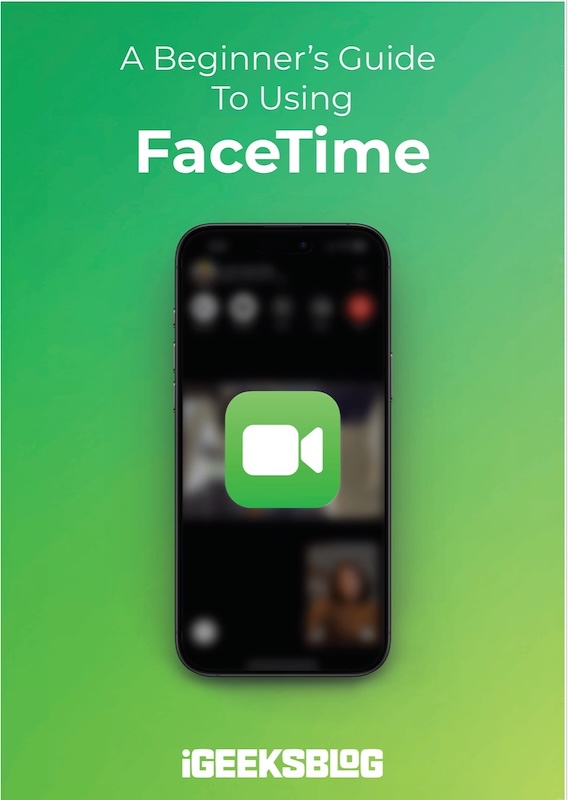
FaceTime Like a Pro
Get our exclusive Ultimate FaceTime Guide 📚 — absolutely FREE when you sign up for our newsletter below.

FaceTime Like a Pro
Get our exclusive Ultimate FaceTime Guide 📚 — absolutely FREE when you sign up for our newsletter below.
iOS 26 introduces Hold Assist, an AI feature that lets your iPhone wait on hold and notify you when a human picks up. Here’s how it works and how to use it.
We all know the pain of being stuck on hold—elevator music looping endlessly, robotic voices reminding you how “important your call is,” and the feeling of time just slipping away. With iOS 26, Apple is addressing that frustration with a new feature aimed at making those moments less painful. It’s called Hold Assist, and it lets your iPhone wait in line for you.
Let’s dive into what Hold Assist does, how it works, and why it’s one of the most useful additions in iOS 26.
Hold Assist is a new AI-powered feature in iOS 26 that takes over the waiting part of a phone call. If you’re calling customer support and get placed on hold, your iPhone will detect the hold music and ask if you’d like it to wait for you. Once you tap “Hold,” you can put your phone down, scroll Instagram, make coffee, or just walk away—your call stays active in the background.
When a real human finally answers the call, Hold Assist listens in and instantly notifies you to pick up. No more babysitting the phone or missing your chance to talk to someone.

Hold Assist uses on-device Apple Intelligence—no cloud processing involved. It listens for the switch from automated systems to a live agent. Everything stays private and runs directly on your iPhone.
Here’s what happens step by step:
It’s a smart, subtle feature built for real-world problems.
Even though Hold Assist listens for general audio cues, such as hold music or automated voice transitions, it still needs to recognize language-specific patterns, accents, and keywords to accurately detect when a human agent starts talking. That’s why Apple has limited it to certain languages and regions where it can reliably distinguish those cues.
At launch, Hold Assist supports:
More languages are expected to be added later. The feature may still work in other languages, but it is optimized for those listed above.
Customer service lines are broken. You call for help and spend 20 to 45 minutes listening to music, often while multitasking or wasting your time. Companies do it on purpose—hoping bots can solve your issue before a real agent steps in. But your time shouldn’t be the price.
Hold Assist flips that. Your iPhone waits, you reclaim your time, and you won’t miss the agent when they join.
Hold Assist isn’t the only update coming to the Phone app. iOS 26 brings a full redesign that finally makes the app feel modern and intelligent.
When you get a call from an unknown number, your iPhone answers it quietly in the background using Apple Intelligence. The caller is asked to state their name and reason for calling. You’ll see a live transcript on your screen, giving you the power to decide whether to pick up, ignore, or even reply with a text—without ever talking first.
Read our guide to understand how Call Screening works on iPhone.
The Phone app itself is now more streamlined. Instead of jumping between tabs, your favorites, recent calls, and voicemails are all in one smooth scroll. Favorites stay pinned on top, while everything else flows naturally below.
These updates are all powered by Apple Intelligence and run on-device, keeping your data private and your experience fast and seamless.
Hold Assist in iOS 26 isn’t flashy, but it tackles a real frustration many of us face regularly. It doesn’t try to reinvent the phone, but instead adds a small, meaningful improvement that makes daily tasks less tedious. Subtle, yes—but undeniably helpful.
Don’t miss these related reads: